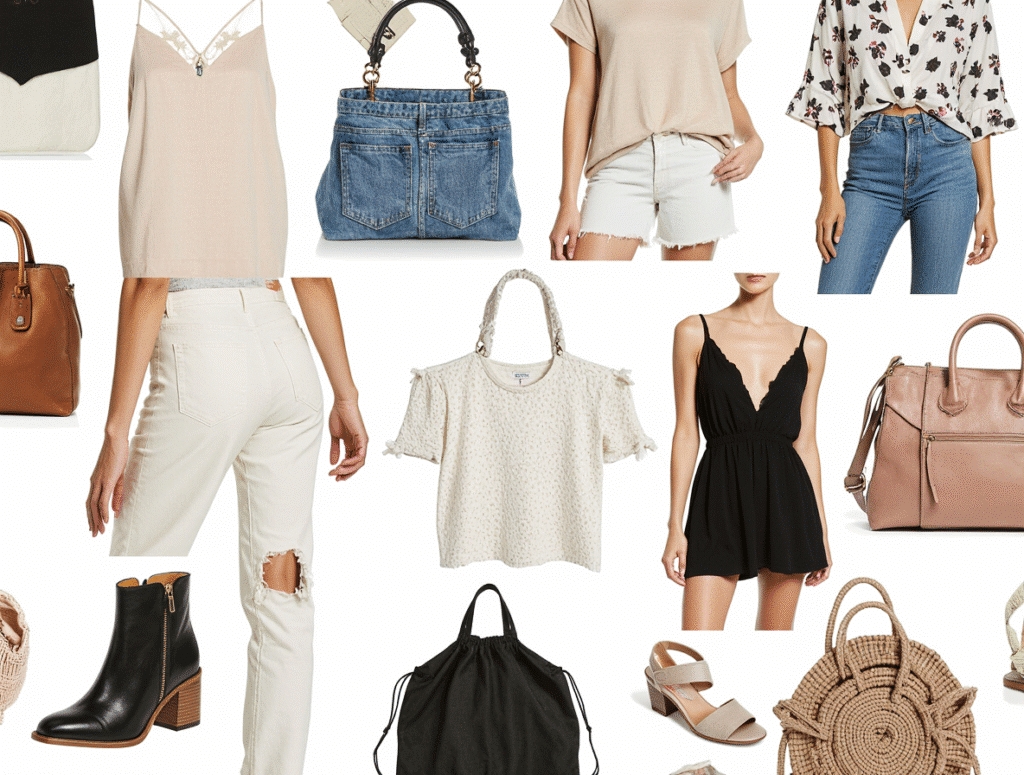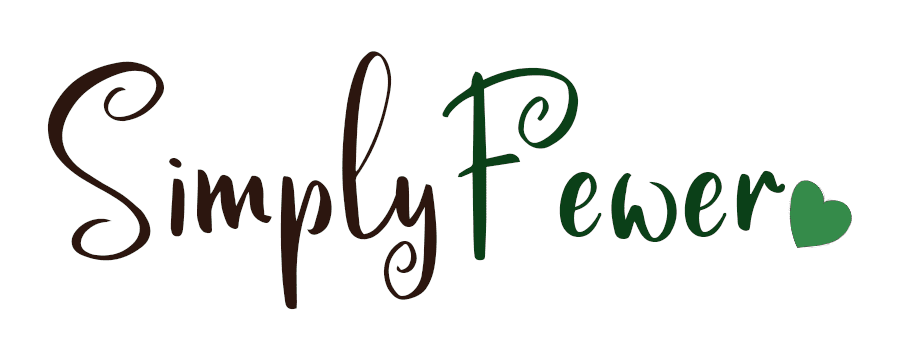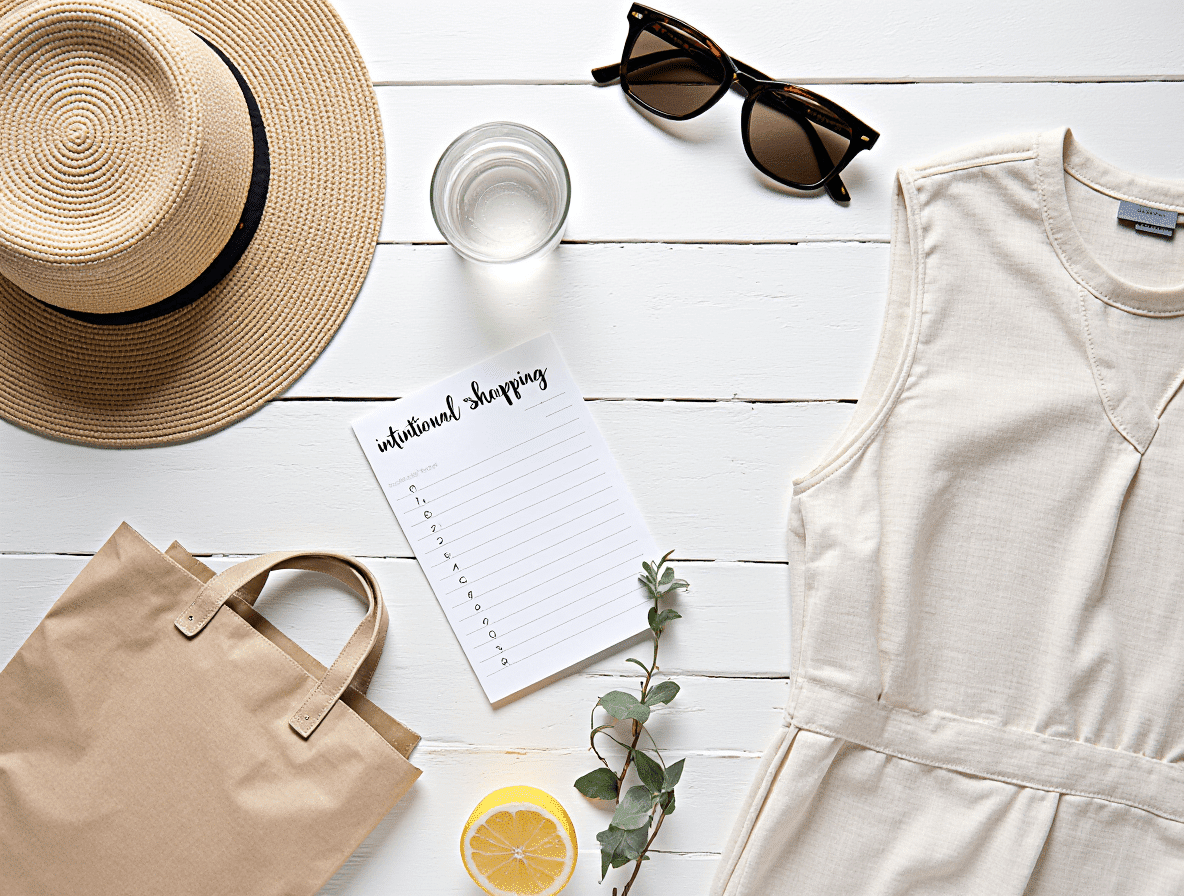Summer sales are everywhere. From flashing online banners to racks marked with bright red “Clearance” signs, it feels like everything is screaming buy me! And while the idea of scoring deals can be exciting, it can also be overwhelming—especially if you’re trying to stick to a minimalist mindset.
If you’ve ever walked out of a store (or closed an online tab) with bags full of things you didn’t plan to buy, you’re not alone. But shopping during summer sales doesn’t have to mean impulse buys or buyer’s remorse. With the right approach and a few minimalist summer shopping tips, you can take advantage of those deals without cluttering your life—or your closet.
Table of Contents
Let’s talk about minimalist summer shopping tips that will help you shop smart, stay intentional, and feel good about every purchase you make.
Why Summer Sales Are So Tempting (and Dangerous)
There’s something about a big red discount sticker that makes us feel like we’re winning. But retailers know that. Summer sales are strategically designed to move inventory fast—and to push you to act impulsively.
Suddenly, a $70 dress marked down to $35 feels like a must-have, even if you didn’t need it five minutes ago.
It’s not your fault. Our brains love a good deal. According to behavioral psychologist Dr. Kelly McGonigal, “Sales trigger the reward centers in our brain—creating a rush similar to eating sugar or gambling.”
But here’s the truth: A great deal on something you don’t need is still money wasted.
The key? Awareness. When you start recognizing these psychological traps, you can pause, breathe, and choose with clarity.
Define What “Minimalist Shopping” Means to You
Before you even start browsing, get clear on what you mean by minimalist shopping. It’s not about never buying anything—it’s about being intentional.
Ask yourself:
- What do I value most in the things I buy?
- Am I shopping to fill a need—or an emotional gap?
- Do I want fewer, better things—or just less stuff overall?
For some people, minimalist shopping means sticking to a capsule wardrobe. For others, it means reducing waste or choosing items that last for years.
Analogy time: Think of minimalist shopping like curating a gallery, not filling a warehouse. Each piece should matter.
Make a Wish List Before the Sales Begin
Impulse buying often happens because we don’t have a plan. That’s where a wish list becomes your best friend.
In the weeks leading up to summer sales:
- Walk through your wardrobe and home.
- Make a note of what you actually need (e.g., new sandals, a lighter bedspread, a travel bag).
- Include replacements for worn-out items.
Having a list acts like a GPS when you’re navigating the chaos of discounts. It gives you purpose and direction—and it helps you say no to everything else.
Anecdote: A reader named Jenna shared that once she started keeping a wish list in her phone, she cut her impulse buys in half and felt more excited about what she did buy.
Set a Budget—and Stick to It
Minimalism isn’t just about less stuff—it’s often about more financial freedom. Summer sales can wreck your budget fast if you’re not careful.
Here’s how to stay in control:
- Set a clear spending limit before you start browsing.
- Consider using cash or a prepaid card for in-person shopping.
- For online sales, move money into a separate “sale fund” account to avoid overspending.
Budgeting isn’t about restriction—it’s about making room for what truly matters.
And remember, just because something is 70% off doesn’t mean it’s 100% right for you.
Evaluate Each Item with 5 Key Questions
Use this minimalist filter when you’re about to buy something:
- Do I truly need this?
- Will I still love it next season—or next year?
- Does it work with at least 3 things I already own?
- Am I buying it just because it’s on sale?
- Would I pay full price for this?
If you can’t confidently say “yes” to most of those, it’s probably not worth it.
Expert tip: Style coach Lucy Ayers says, “The best sale finds are the ones you’d consider at full price. If the discount is the only draw, skip it.”
Go for Quality Over Quantity
It’s easy to fall into the “more is better” mindset during sales. But if your goal is a minimalist lifestyle, focus on fewer, better items.

This applies to everything from clothes and shoes to kitchen gadgets and home decor.
Choose items that are:
- Durable and well-made
- Versatile (can be used or styled in multiple ways)
- Timeless in design
- From ethical or sustainable brands, when possible
Would you rather have 3 cheap tops that fall apart after one wash, or one that lasts for years and makes you feel amazing every time you wear it?
Real-life metaphor: Quality is like a good friend—it shows up, holds up, and makes your life better.
Be Mindful of Emotional Shopping Triggers
Sometimes, shopping isn’t about the stuff—it’s about the feeling. Maybe you’re stressed, bored, or craving a dopamine hit.
The danger? Summer sales feed off those emotional impulses. Retail therapy can quickly become retail regret.
If you catch yourself shopping to soothe emotions, try this instead:
- Go for a walk
- Call a friend
- Do a mini declutter
- Brew a cup of iced tea and journal about how you feel
Being aware of your “why” can help you pause before you hit Add to Cart.
Use the 24-Hour Rule for Online Sales
Online shopping is a slippery slope—especially when the countdown timer is ticking and that little “Only 2 left!” warning pops up.
But here’s a trick: Don’t buy immediately.
Instead, add the item to your cart or wishlist and wait 24 hours.
This buffer helps you step back, reconsider, and avoid that “What was I thinking?” moment later. You’ll often find the urge fades—or the deal gets even better in your inbox.
Pro tip: Some brands will send you a discount code or reminder email after you abandon your cart. Win-win.
Track What You Actually Use (and Love)
One way to become a smarter minimalist shopper? Reflect on past purchases.
Go through your wardrobe or home and ask:
- What do I wear/use all the time?
- What did I think I’d use but never did?
- What types of items become my favorites—and why?
This simple inventory shows patterns in what you actually love and use. Over time, this awareness fine-tunes your shopping radar.
Anecdote: A minimalist blogger shared that she used to buy trendy clothes on sale, but realized she always wore the same basics. Now, she only shops for elevated basics—and saves more money and closet space.
Conclusion: Shop Less, Choose Better, Feel Lighter
Summer sales don’t have to be overwhelming or filled with regret. With a few minimalist summer shopping tips, you can shop smarter, spend less, and still enjoy the season’s best finds.
Remember: minimalism isn’t about denying yourself joy—it’s about finding more joy in less. When you shop with intention, you build a wardrobe and a lifestyle that truly reflects who you are.
So next time a big SALE sign flashes across your screen or window, pause. Breathe. Ask yourself what really matters—and shop from that place.
FAQs
1. What is minimalist shopping?
Minimalist shopping is a mindful approach to buying only what you need, love, and will use regularly. It focuses on quality, intention, and avoiding clutter.
2. How do I avoid impulse buys during summer sales?
Make a wish list, set a budget, and follow the 24-hour rule before buying anything. Also, check in with your emotions—don’t shop to fix a mood.
3. Is it okay to shop during summer sales as a minimalist?
Absolutely! Minimalism doesn’t mean no shopping. It means shopping with intention and buying fewer, better things that truly serve your needs and values.
4. What are smart things to buy during summer sales?
Smart buys include seasonal replacements (like sandals or swimwear), timeless wardrobe pieces, or items from your pre-made wishlist that you need and love.
5. How can I balance minimalism with enjoying fashion and trends?
Try incorporating 1–2 trendy pieces per season, while building your wardrobe mostly around timeless basics. Trends are fun—but your core style should stay consistent.

